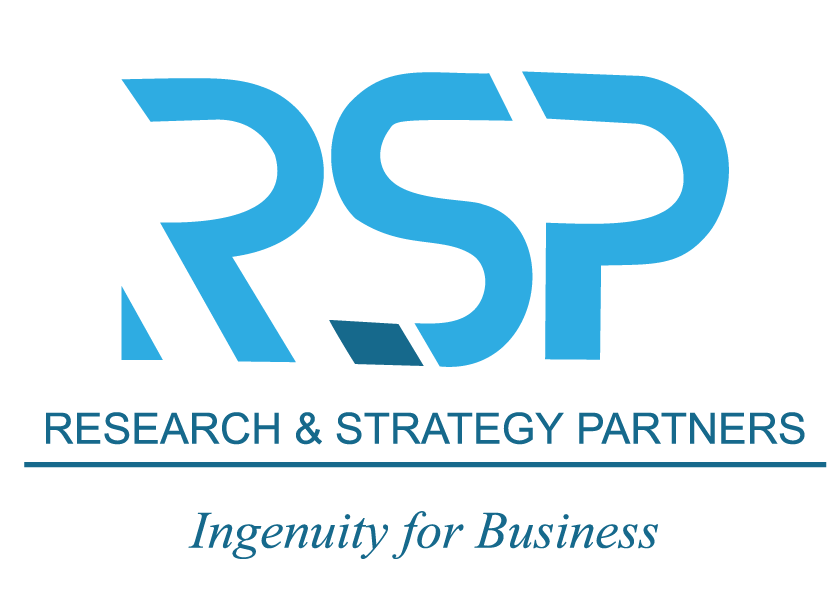Proven Strategies for More Leads, Best Practices & Mistakes to Avoid
When we talk about B2B marketing in the modern world one truth has remains constant: if you want to grow, you have to start conversations with the right people. Outreach—whether through email, LinkedIn, phone calls, or other channels—is the foundation of business development. Yet many companies still struggle to break through the noise and capture the attention of busy decision-makers.
At Research Strategy, we’ve worked with businesses across industries and continents, helping them refine their B2B outreach strategy to generate more leads, foster genuine relationships, and ultimately, close more deals. In this article, we’ll explore proven outreach strategies, highlight essential best practices, and identify the mistakes that too often undermine great efforts.
The Foundation: Know Your Audience Inside and Out
Any outreach strategy is only as strong as its understanding of the target audience. Before crafting a message or launching a campaign, it’s critical to define two things: your Ideal Customer Profile (ICP) and buyer personas.
An effective ICP includes criteria such as industry, company size, location, and technological maturity. It answers the question: Which types of companies are most likely to benefit from our solution? Once this is clear, you can create buyer personas to understand the decision-makers within those companies. What are their pain points? What KPIs are they measured against? What does a day in their professional life look like?
This level of clarity ensures your outreach is not just a message—but a meaningful offer to help solve real business problems.
Personalization: More Than Just a First Name
One of the biggest myths in B2B outreach is that personalization simply means including someone’s name or company in the subject line. In reality, true personalization is about relevance. It’s about demonstrating that you’ve done your research and that your message isn’t just another templated pitch.
Mentioning recent news about the company, referencing an industry-specific challenge, or even engaging with a prospect’s content on LinkedIn before reaching out can go a long way in establishing credibility. Buyers today are inundated with messages. What they respond to are those that show a genuine interest in their business and success.
The key is to lead with value. Instead of immediately selling a product or service, offer insight, share a relevant case study, or provide a useful resource. The goal of the first outreach isn’t to close a deal—it’s to start a conversation.
Outreach Is Not a One-Time Event
A common mistake in B2B outreach is treating it as a single attempt. The reality is that meaningful connections are rarely made with just one touchpoint. Modern outreach requires a consistent, multi-touch approach that incorporates different channels.
Email may still be the cornerstone, but when combined with LinkedIn interactions, phone calls, and retargeting ads, the chances of getting a response significantly increase. A well-structured outreach sequence might include an initial email, a LinkedIn connection request, a thoughtful follow-up, and a call several days later. This approach signals persistence without being pushy—and most importantly, it builds familiarity.
Across our global client base, we’ve found that the majority of positive replies come after the third or fourth touchpoint. In other words, if you’re not following up, you’re leaving opportunities on the table.
Tools & Automation: Efficiency with a Human Touch
Today’s sales teams have access to a wide range of tools designed to streamline outreach. Platforms like Apollo, Lemlist, Salesloft, and Outreach.io offer advanced automation features, helping teams scale their efforts without sacrificing personalization. CRM systems such as HubSpot or Salesforce ensure every interaction is logged, tracked, and optimized.
However, it’s essential to remember that automation is not a substitute for empathy. Messages should still sound like they were written by a human. Over-automation—especially without careful review—can lead to awkward phrasing, mismatched names, or robotic tone that turns prospects away. At scale, outreach must still feel authentic.
Social Proof: Turning Interest into Trust
Once you’ve captured a prospect’s attention, the next challenge is to build trust. This is where social proof becomes a powerful asset.
Incorporating case studies, testimonials, and specific outcomes into your messaging can validate your claims and reduce skepticism. For example, sharing that your solution helped a similar company increase qualified leads by 40% within a quarter is far more persuasive than generic promises of “increased efficiency” or “better results.”
Buyers want to see that you understand their world—and that you’ve delivered measurable value to companies like theirs.
The Habits of High-Performing Outreach Teams
Successful outreach is not just about what you say—it’s also about how you manage your process. Leading B2B teams follow a few core habits that consistently set them apart:
- They test constantly. Subject lines, email length, tone, and call-to-action phrasing are all variables that can—and should—be A/B tested.
- They monitor key metrics. Open rates, click-through rates, response rates, and meeting bookings help guide optimization.
- They maintain clean, segmented lists. Targeting the right audience with the right message is a matter of precision, not mass distribution.
- They follow up thoughtfully. Each touchpoint adds context, not pressure. Smart teams space out communication and provide incremental value at every step.
Common Pitfalls to Avoid
Even the most well-intentioned outreach strategies can falter due to avoidable errors. Here are a few missteps we see frequently—and how to avoid them:
- Generic messaging: Mass-sent templates with no personalization lead to quick deletions.
- Pitching too soon: Build rapport before making a request.
- Neglecting LinkedIn: Especially in B2B, LinkedIn is a powerful platform for connection and credibility.
- Overusing automation: While helpful, it should enhance—not replace—human engagement.
- Abandoning outreach after one attempt: Most deals are won through consistent, respectful persistence.
In Conclusion: Outreach That Connects, Not Just Converts
At its core, effective B2B outreach is about connection. It’s about understanding the challenges your prospects face and offering meaningful solutions, not just products. In a crowded digital world, the most impactful messages are those that combine strategy with sincerity.
Whether you’re reaching out to a local business or a multinational enterprise, the principles remain the same: know your audience, personalize your message, lead with value, and never underestimate the power of genuine follow-up.
Rethinking your B2B Outreach Strategy?
If you’re ready to elevate your B2B outreach strategy, so are we! Our team is here to help—from market research and persona development to campaign execution and performance analysis.
Let’s connect and build a smarter, more effective approach to lead generation.
Contact us today!
partners@research-strategy.com


Leave a Reply